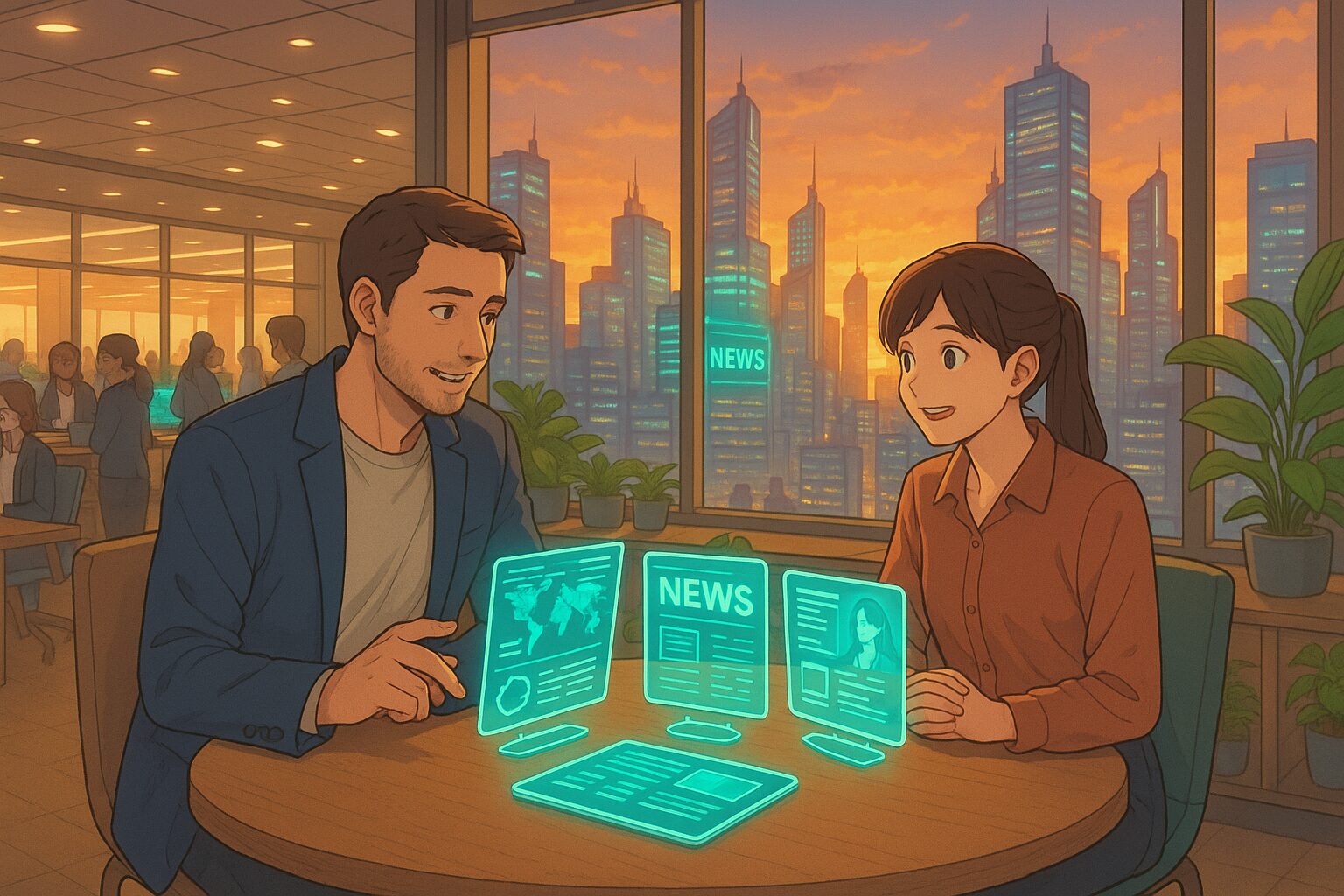What Future Will Citizen Voices Create for Cities?
Have you ever thought about the future of the city you live in? The city of Ahmedabad in India has started incorporating citizen feedback into its budget planning for the fiscal year 2026-27. If this trend spreads worldwide, how will our urban lives change?
1. Today’s News
Source:
Social News XYZ
Summary:
- The city of Ahmedabad is calling on citizens for suggestions for the 2026-27 budget.
- The goal is to make urban planning and citizen services more inclusive and efficient.
- A budget process that reflects citizen voices is being aimed for.
2. Considering the Background
In many cities, budgets and urban planning tend to be decided from the top down. However, by incorporating residents’ opinions, there is a higher possibility of providing services that actually meet real needs. This movement has emerged alongside a growing demand for more transparent and participatory politics. How would our lives change if a similar process were introduced in our cities?
3. What Will the Future Look Like?
Hypothesis 1 (Neutral): A Future Where Citizen Participation is the Norm
If urban planning that reflects citizen opinions becomes established, listening to resident voices will become a standard process. In the short term, transparency in government will improve, and residents are likely to have increased interest and trust in the plans as their opinions are reflected. Ripple effects may include enhanced citizen participation and stronger community ties. However, at the same time, there could be challenges due to a diversity of opinions creating difficulty in coordination.
Hypothesis 2 (Optimistic): A Future Where Cities Develop Significantly Through Citizen Voices
As citizen participation progresses, cities will likely evolve to meet the actual needs of residents. Directly, improvements in the environment and infrastructure will take place, enhancing residents’ quality of life. Ripple effects might see residents taking pride in their city and actively participating, leading to new businesses and cultural activities. Ultimately, a city’s identity may reflect the voices of its citizens, making it an even more attractive place that draws international attention.
Hypothesis 3 (Pessimistic): A Future Where Citizen Opinions Are Lost
Conversely, if there is an initial show of listening to opinions that ultimately go unreflected, disappointment among residents may grow. Directly, distrust in government could increase, leading to decreased willingness to participate. Ripple effects might include residents becoming indifferent, resulting in a lack of vitality and stagnation in the city. Ultimately, residents may develop little emotional attachment to the city, leading to population decline.
4. Tips for Us
Perspectives to Consider
- A perspective that considers issues in your local area
- A renewed awareness of the importance of expressing opinions
Small Practical Tips
- Try participating in local meetings or events
- Utilize social media to share and disseminate local information
5. What Would You Do?
- How could citizen voices be better reflected in the city you live in?
- As a citizen, how should you express your opinions?
- If your budget proposal were to be adopted, what kind of suggestions would you make?
What kind of future did you envision? Please share through social media quotes or comments.









